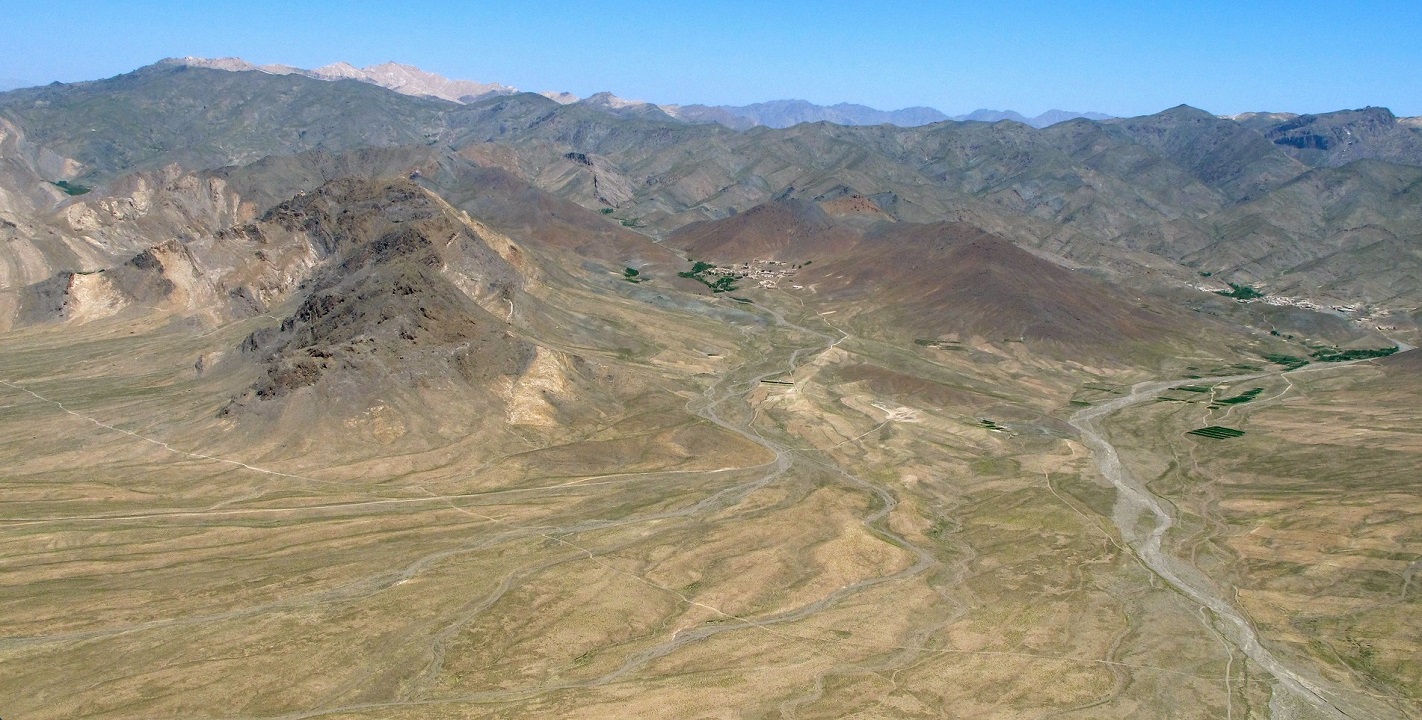
EXPLORE GHAZNI
Discover the breathtaking landscapes of Ghazni, Afghanistan on a culturally-rich adventure
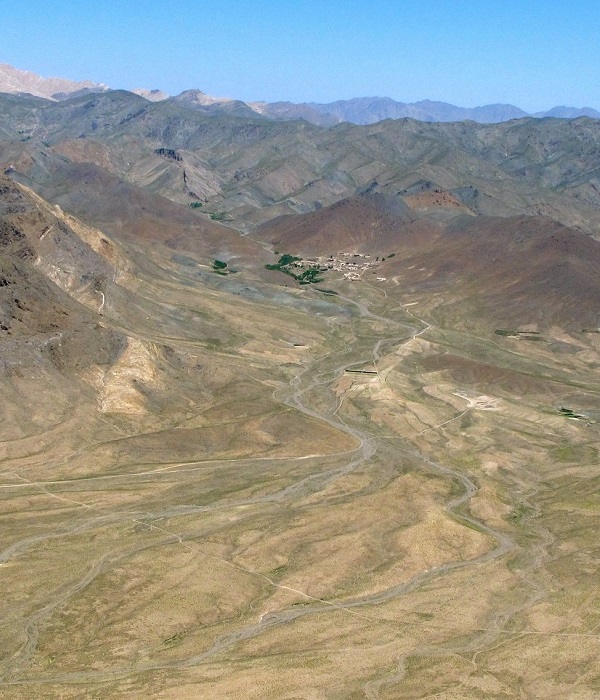
Ghazni, a province with a storied past and vibrant culture, is a gateway to Afghanistan's rich history.
Situated in southeastern Afghanistan, the city of Ghazni was once a thriving center of Islamic civilization. Visitors can explore historical landmarks such as the Ghazni Minarets and the ancient citadel, which stand as testaments to the province's glorious past.
The scenic Ghazni River and surrounding landscapes provide a beautiful setting for outdoor activities. Ghazni offers a fascinating blend of history, culture, and natural beauty for all who visit.
Attractions
Ghazni City, once a flourishing metropolis along the ancient Silk Road, remains a testament to Afghanistan’s rich historical tapestry.
This historic city, which served as the capital of the Ghaznavid Empire, is imbued with the legacy of its past, from its strategic significance in trade to its role as a cradle of Persian culture and Islamic civilization.
Today, visitors to Ghazni can explore its many archaeological sites, immerse themselves in the bustling bazaars that continue the city’s trading traditions, and experience the layers of history that make Ghazni a fascinating window into Afghanistan’s diverse cultural heritage.
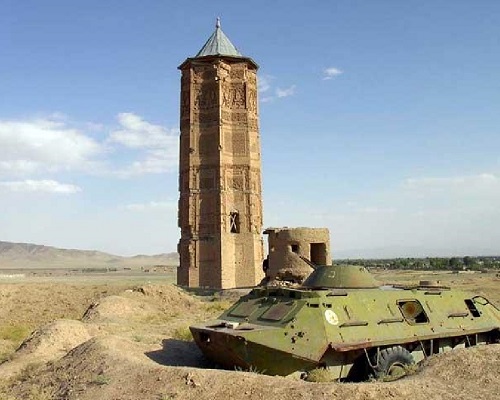
The iconic Minarets of Ghazni, soaring above the cityscape, are enduring symbols of the city’s golden age under the Ghaznavid Empire.
These architectural marvels, with their intricate brickwork and Kufic inscriptions, showcase the artistic and engineering prowess of their time.
As one of the few remaining vestiges of the Ghaznavid dynasty’s grandeur, the minarets beckon historians, architects, and travelers alike, offering a glimpse into the Islamic world’s rich cultural and intellectual heritage during the 10th to 12th centuries.
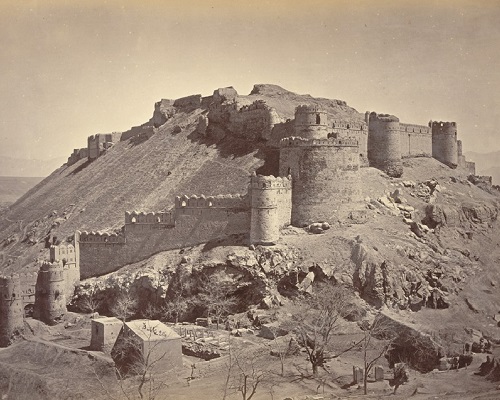
The Ghazni Citadel, also known as Bala Hissar, offers a panoramic vantage point over the ancient city of Ghazni, once a thriving center along the Silk Road.
This historic fortress, with its origins dating back over a thousand years, encapsulates the strategic importance and rich cultural tapestry of Ghazni throughout the ages.
Visitors to the citadel can explore the remnants of fortifications, palaces, and mosques, each layer revealing a chapter from the city’s storied past, from the Ghaznavid dynasty’s grandeur to the subsequent waves of conquerors and scholars who walked its grounds.
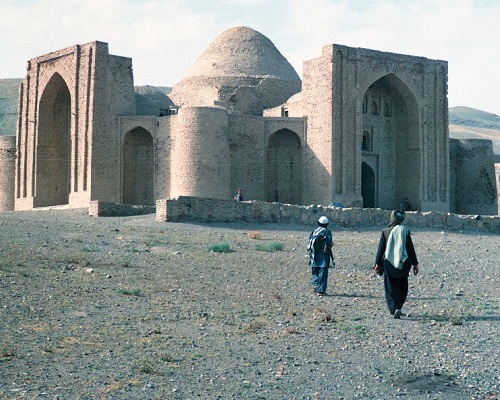
Nestled in Ghazni, the Mausoleum of Sultan Mahmud of Ghazni serves as a solemn memorial to one of the most powerful figures in Islamic history.
Sultan Mahmud, known for his military campaigns and patronage of the arts, left an indelible mark on the region.
The mausoleum, a site of historical and architectural significance, attracts visitors who come to pay homage to the ruler’s enduring influence on Islamic culture and the spread of Islam in the Indian subcontinent, making it a poignant site of pilgrimage and reflection.

The Museum of Islamic Art in Ghazni stands as a custodian of the region’s rich Islamic heritage, housing an extensive collection of artifacts, manuscripts, and art that span centuries of Afghan history.
From exquisite ceramic work to ancient texts, the museum offers insights into the Islamic Golden Age’s intellectual, artistic, and spiritual contributions.
For those seeking to delve into the depths of Islamic art and culture, the museum provides an invaluable journey through time, celebrating the region’s role in shaping the Islamic world’s artistic legacy.
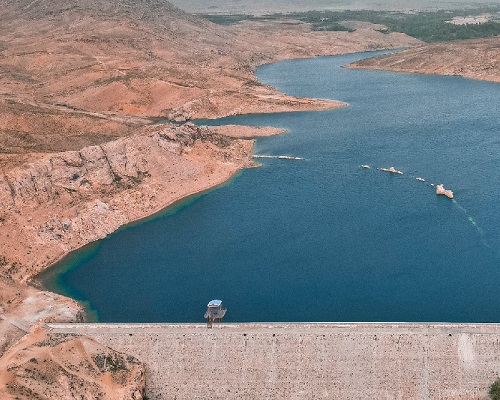
The Band-e Sultan Dam, located near Ghazni, is not just an impressive example of ancient engineering but also a scenic marvel that harmonizes with the surrounding landscape.
Constructed centuries ago, this dam is a testament to the ingenuity of Afghan engineering and its ability to harness nature for the prosperity of its people.
Today, the dam and its reservoir serve as a peaceful retreat for visitors, offering picturesque views and a tranquil setting that contrasts with the region’s rugged terrain, embodying the harmony between human endeavor and the natural world.
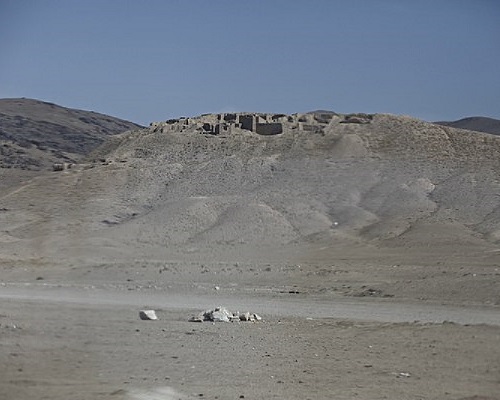
The Tapa Sardar Excavation Site in Ghazni offers a fascinating glimpse into the region’s pre-Islamic era, showcasing the remnants of Buddhist stupas and monasteries.
This archaeological treasure trove tells the story of a time when Buddhism thrived along the Silk Road, contributing to the rich tapestry of religious and cultural exchange that characterized the region.
Visitors to Tapa Sardar can explore the ruins and artifacts that bear witness to the historical confluence of different civilizations and religions in Afghanistan, providing a deeper understanding of the country’s multifaceted heritage.
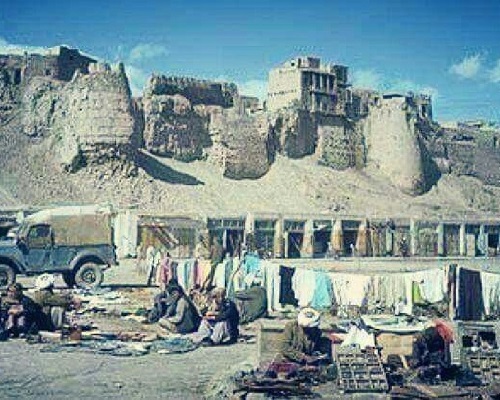
Wandering through the Old City of Ghazni is like stepping back in time, where the winding lanes and traditional mud-brick architecture tell tales of centuries past.
This historic core of Ghazni, with its ancient structures and enduring traditions, serves as a living museum, offering insights into the daily lives and cultural practices of its inhabitants through the ages.
From the remnants of old caravanserais to the vibrant local bazaars, the Old City provides a captivating experience for those eager to connect with Afghanistan’s deep-rooted history and the enduring spirit of its people.
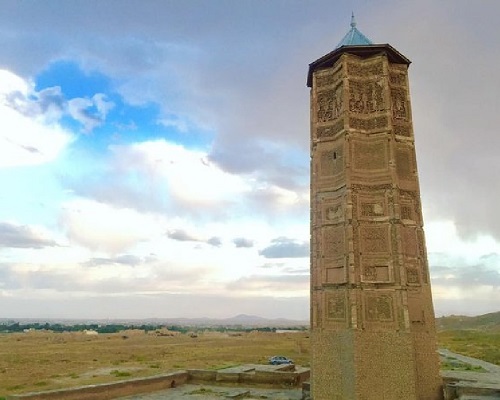
The Ghazni Minaret Park, home to the famous Ghazni Minarets, is a verdant oasis that combines the splendor of Afghanistan’s architectural heritage with the tranquility of natural landscapes.
This park serves as a communal space where history and leisure converge, inviting visitors to explore the base of the ancient minarets, enjoy picnics under the shade of trees, and immerse themselves in the peaceful ambiance.
The park’s setting, against the backdrop of these historic towers, provides a unique opportunity to reflect on Ghazni’s historical significance while enjoying the simple pleasures of outdoor relaxation and recreation.
Sign off here. We will reply in 24 hours with futher details.